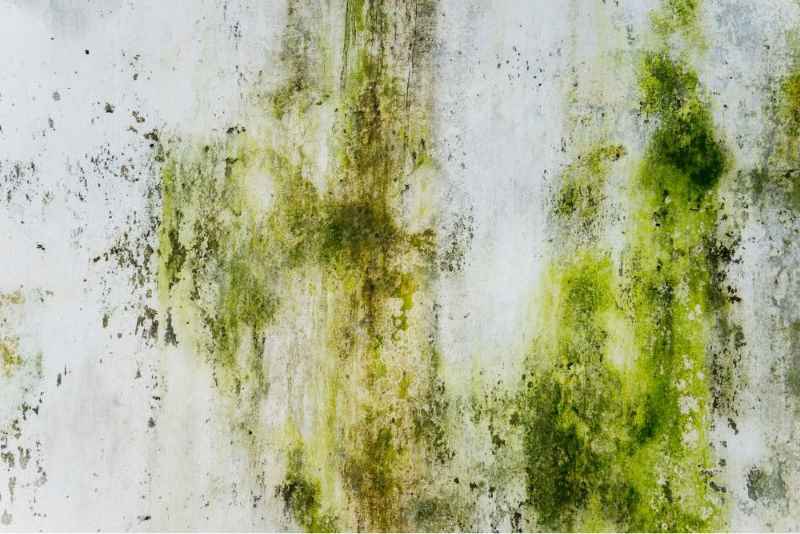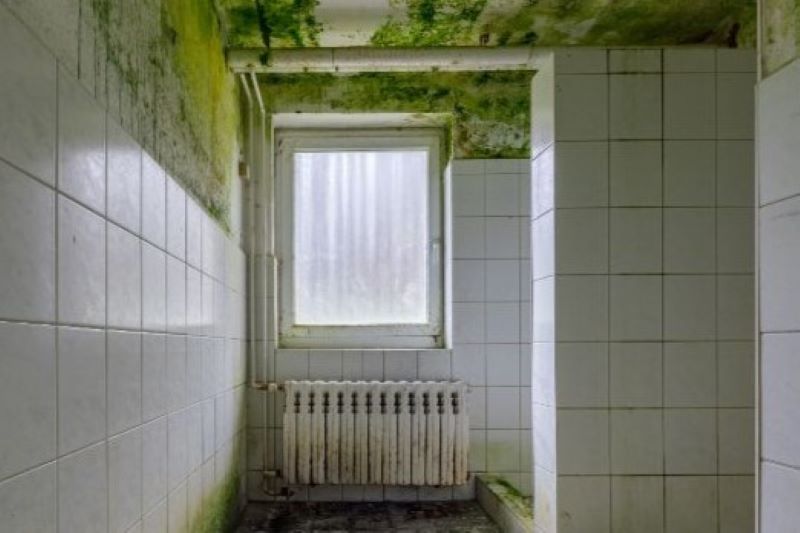Countless residential and commercial properties frequently experience mold growth, which can be brought on by many different kinds of factors including high humidity, insufficient ventilation, and water damage. Not only can mold growth be unattractive and smell awful, but it may also be harmful to both human and animal health.
Green mold is one kind of mold that frequently causes problems. Have you been wondering what is green mold, why it grows, and how to get rid of it?
Definition: What Is Green Mold?
A particular kind of fungi called green mold grows on surfaces that are moist and humid. It can have many shades of green and seems powdered or soft and fuzzy. Green mold can be spotted on many kinds of things, including bread and fruits. Green mold, however, can also develop in a house’s moist areas.
Bathrooms, kitchens, crawl spaces, and basements are common places to find them because these spaces are susceptible to moisture and water. It is a prevalent issue for residential as well as commercial owners, as green mold can grow on wood, fabrics, and paper products.
Although there are many other kinds of green mold, the following are the most typical types found in residences, ranging:
Yellow-green Aspergillus is a common fungus found in soil and in decomposing plant materials. It can also grow in wet, low-nutrient areas like the basement.
Olive-green cladosporium is a common outdoor mold that can also grow on walls, cabinets, and carpets in houses and cause respiratory problems.
Bluish-green penicillium is a common substance found in water-damaged structures that can trigger allergies and respiratory problems. While soil and other less humid places are ideal for penicillium formation, some can also form on moist household objects.
Grey-green Alternaria is a common fungus found in moist places that can trigger asthma attacks and allergies.
These molds can, however, also grow in different shades, such as blue or black. Therefore, the only way to identify the type of mold is through testing. This does not mean that you should constantly test the premises for mold to see if it constitutes a threat to your health.
What Is Green Mold Causes?
Multiple types of fungi that grow well in moist, humid environments are the root cause of green mold. It may grow on a range of things, including food, paper, fabric, and wood. Since green mold spores are tiny and easily disperse through the air, it’s critical to eliminate any mold growth as soon as it appears. The following are the main causes why green mold grows:
- Condensation
- Flooding or water leaks
- Infestation of Mold Mites
- Insufficient air circulation and ventilation
- Too much humidity and moisture
Question: What Is Green Mold’s Level Of Hazardous?

Depending on the species and the condition of the individual who was exposed, mold can have different effects and be hazardous. However, all molds—green or not—are hazardous to both humans and animals. Problems with respiration might arise in prolonged exposure, particularly to the hazardous species.
Green mold bacterial infections are more likely to affect individuals who already have allergies and respiratory problems, as well as those with weaker immune systems. These comprise children, the elderly, and those with cancer.
Exposure to green mold may have the following possible symptoms:
- Fungal substance growing in the sinus cavities of the individual causes severe sinusitis.
- Makes asthma and allergies worse.
- It causes skin problems as well as sinus, ear, and eye infections.
- Produces mycotoxins that can lead to cancer, deficiencies in the immune system, and problems with kidney or liver function.
- Respiratory infections, including bronchitis, pneumonia, and inflammation of the lungs.
- Toxic strains can cause allergies and cancer.
Green mold infection symptoms also include skin rashes, breathing difficulties, swelling in the throat, watery eyes, runny nose, and coughing.
Therefore, it’s critical that you get rid of the mold as soon as possible for the safety of everyone and to stop any symptoms from getting worse.
How to Spot Green Mold?
Since all you have to do is search for greenish spots that imply a mold infestation, you may assume that visually recognizing green mold is simple. However, depending on the surface, they might appear in a variety of shades, making identification challenging.
Identification of a green mold infestation is necessary for cleaning to be effective. Keep an eye out for the following indications, such as:
Health-Related Problems
Your health may be adversely affected by green mold. Mold exposure is a possible cause if you or any members of your family experience allergies, respiratory problems, or unexplained symptoms like fatigue or headaches.
Musty Smell
An overpowering, musty smell is yet another indication of green mold. It’s important to look into a persistent smell in an area of the house if you notice it.
Visual Hints
On surfaces, green mold often appears in the form of fuzzy spots or a powdery substance. You can find it on furniture, walls, ceilings, clothes, and more. Areas that are frequently moist or have inadequate ventilation should be closely observed.
Steps To Get Rid Of Green Mold
It is critical to act quickly to prevent green mold growth from spreading and causing more damage if you find it growing in your house or place of business. The following actions can be done to get rid of green mold:
- Identify the moisture source—a leak or an excessive amount of humidity—and take appropriate action to stop it.
- You must take precautions before starting the removal process. Wearing protective gear, such as goggles, a mask, and gloves, is advised to prevent direct contact with mold spores and to prevent inhaling them.
- Anything that cannot be properly cleaned and disinfected, such as cloth, drywall, or wood, should be removed.
- Use a commercial mold cleaner or a solution of water and bleach to thoroughly clean and disinfect all non-porous surfaces, such as metal, tiles, or plastic. Green mold can be removed with many kinds of natural cleaning solutions. Baking soda, vinegar, and hydrogen peroxide are good choices. Apply these solutions, mixed with water, with a sponge or spray bottle to the affected areas.
- To get rid of the mold, gently scrub the surface and then rinse with fresh water.
- It’s important to properly dispose of any contaminated things after the green mold has been removed. To stop the spores from spreading, put them in a plastic bag and dispose of them in a sealed container.
- To stop mold growth in the future, let the affected area completely dry and optimize ventilation and circulation of air.
- Take regular inspection of the area to make sure mold doesn’t grow back.

